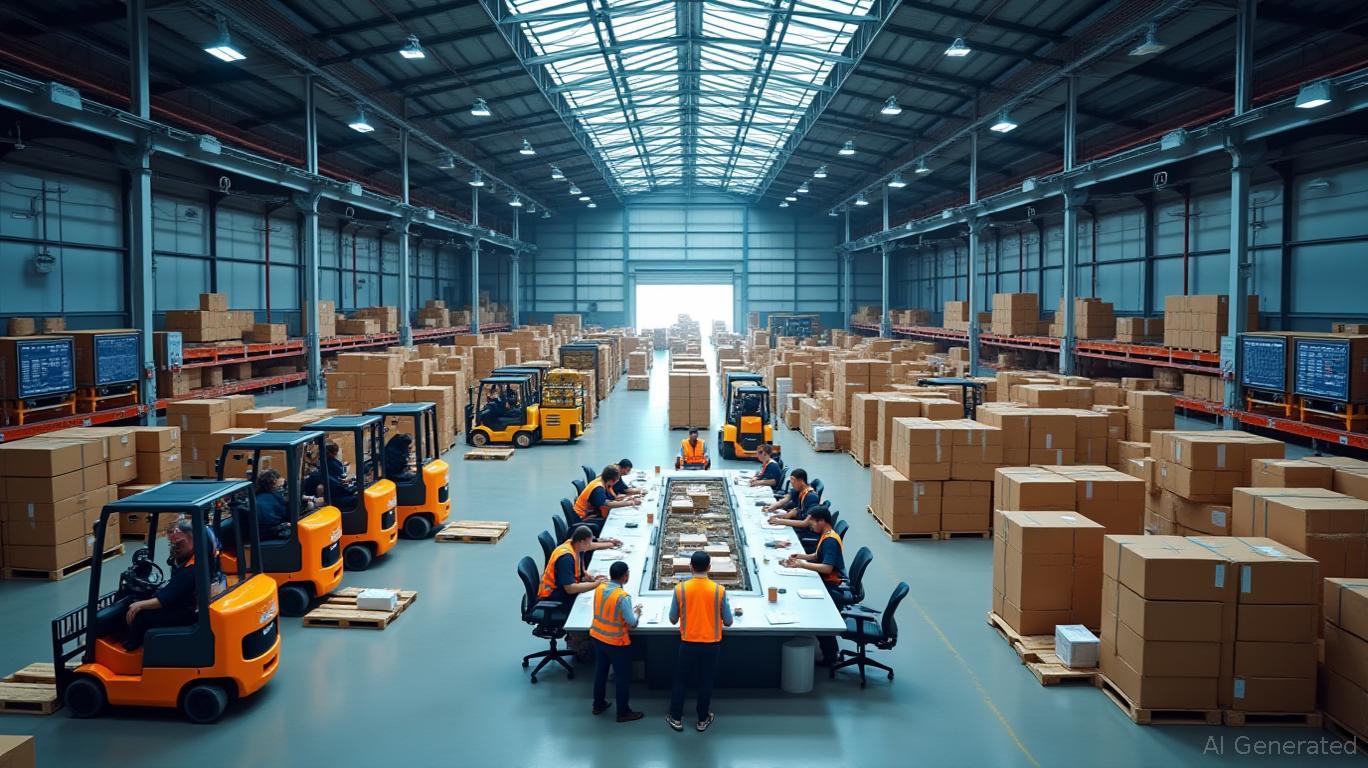Tariff Turbulence: Navigating Sector Vulnerabilities and Opportunities in a Post-IEEPA World
The U.S. International Emergency Economic Powers Act (IEEPA) tariffs, imposed under the Trump administration since 2021, have created a seismic shift in global supply chains. Recent court rulings in Q2 2025, which declared key IEEPA tariffs unconstitutional, have further amplified uncertainty. For investors, this volatile landscape presents both risks and rewards. Sector-specific vulnerabilities—particularly in energy technologies, manufacturing, and logistics—are magnified, while reshoring trends and automation-driven efficiencies offer strategic opportunities. Here's how to position portfolios for this new era.
Sector-Specific Vulnerabilities: The Fragile Supply Chain
The IEEPA tariffs have exposed critical weaknesses in industries reliant on imported components. Energy technologies face disproportionate costs. For instance, solar panel production has been stifled by tariffs on aluminum frames, leading to the cancellation of $8 billion in projects by early 2025. Similarly, nuclear energy projects—already plagued by cost overruns—now grapple with inflation from tariffs on steel and cement.
Batteries are another battleground. U.S. manufacturers depend on Chinese-dominant rare earth minerals and lithium, with tariffs risking a 90% stranglehold on supply. Two billion-dollar battery factories have already been scrapped.
The logistics sector has borne the brunt of operational chaos. Complex tariff hierarchies—such as exemptions for USMCA-compliant goods—require meticulous compliance, while retaliatory measures from Canada and Mexico have disrupted agricultural and auto trade flows.

Reshoring: A Necessity, Not a Choice
Prolonged tariff uncertainty is forcing companies to reshore operations. The Biden administration's Infrastructure Investment and Jobs Act aims to boost domestic manufacturing, but businesses remain hesitant due to policy instability.
Why it matters:
- Costs: Domestic production can offset tariff-induced inflation, especially in energy-heavy sectors.
- Security: Reducing reliance on foreign supply chains mitigates geopolitical risks.
The geothermal energy sector illustrates this shift. While U.S. innovation in drilling is strong, imported turbines and casings remain vulnerable. Companies like Ormat Technologies (ORA) are pivoting to domestic partnerships to stabilize supply chains.
Investment Themes: Automation, Regional Logistics, and Tariff Hedging
- Automation Leaders:
Reshoring demands efficiency. Rockwell Automation (ROK) and Emerson Electric (EMR) are pioneers in smart manufacturing solutions, enabling cost-effective domestic production.
Regional Logistics Firms:
Companies specializing in domestic or near-shore logistics—such as C.H. Robinson (CHRO) and XPO Logistics (XPO)—will benefit as global supply chains fragment. Their ability to navigate U.S. infrastructure bottlenecks is a key advantage.Tariff-Hedging Equities:
Firms with diversified supply chains or vertical integration are less exposed to tariff shocks. General Motors (GM), for example, has reduced reliance on Chinese batteries by investing in U.S. partnerships like Livent (LVNT).
Risks and Considerations
- Policy Volatility: Court rulings and potential appeals could reverse tariff impacts overnight. Monitor the Federal Circuit's decision on the CIT ruling (expected by late 2025).
- Competitor Advantages: China's dominance in battery and rare earth markets remains a hurdle. Investors should favor U.S. firms with technological differentiation, such as Solid Power (SLDP) in solid-state batteries.
Conclusion: Positioning for Resilience
The IEEPA tariff saga underscores a broader truth: global supply chains are no longer a given. Investors must prioritize firms that can thrive amid fragmentation. Automation, regional logistics, and diversified supply chains are the pillars of this new reality.
Act now by:
- Allocating to ROK and EMR for automation-driven efficiency.
- Adding CHRO and XPO to capitalize on domestic logistics demand.
- Avoiding pure-play global supply chain firms (e.g., Flex Ltd. (FLEX)) unless they demonstrate tariff hedging strategies.
The era of cheap, borderless trade is ending. Those who adapt first will lead the next phase of industrial revival.
Disclosure: This article is for informational purposes only and does not constitute financial advice.

Comments
No comments yet